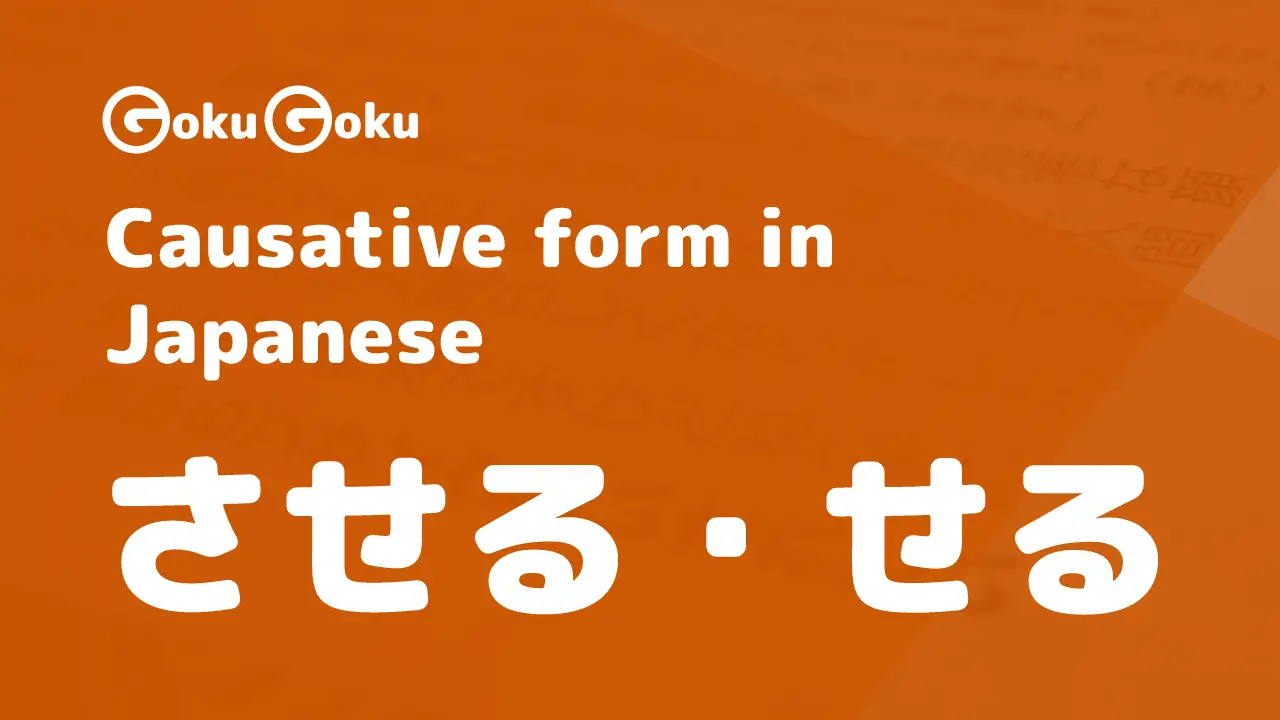The Numeric system in Japanese - How to count numbers
Anna Baffa Volpe
Get in touch with meThe Japanese numbering system is quite simple to learn and apply.
We learn the first ten numbers and, with some exceptions, everything else will be a combination of them.
Arabic numbers are generally used, but the transcription with the kanji can also be found in texts. We are therefore going to see also the corresponding characters for each number.
For the numbers represented by the kanji we have the two readings:
on: the reading coming from Chinese
kun: the proper Japanese reading
This difference in reading concerns the numbers from 1 to 10. For numbers above 10 only the pronunciation on is used (with some exceptions). Some grammars speak of Chinese series and Japanese series, depending on the reading used.
Counting from 1 to 99 in Japanese
Let's start with the Chinese reading of numbers:
1 一
2 二
3 三
4 四
5 五
6 六
7 七
8 八
9 九
10 十
How do we form the numbers 11 to 99?
Each number that follows 10 十 is formed by adding a number (1-9) after 十: 11 = 10 + 1 (十一)
12 十二
13 十三
14 十四
15 十五
16 十六
17 十七
18 十八
19 十九
Each number that precedes 10 十 is formed by adding a number (1-9) before 十: 20 = 2 x 10 (二十)
We can obtain the other multiples of 10 in the same way:
30 三十
40 四十
50 五十
60 六十
70 七十
80 八十
90 九十
Combining this two principles, now we can get any number we want up to 99:
23 二十三
34 三十四
56 五十六
72 七十二
95 九十五
Here below we propose you a video made for Japanese primary school children where you can listen to the pronunciation of the numbers from 1 to 100.
1から100まで数えよう!
Counting from 1 to 100 !
How to count from 100 to 9999 in Japanese
Proceeding with the counting, let's see how the same rule applied for 10, also applies to 100 and 1000.
We just need to know the kanji and the pronunciation of 100 百 and 1000 千 and we can continue with the numbering up to 9999.
---
Exceptions in counting from 100 to 9999 in Japanese
We only have variations in some pronunciations for phonetic reasons, but it is a few terms:
103 百三
115 百十五
145 百四十五
170 百七十
300 三百, in the reading we see how the
hpreceded bynbecomesb, sonorous sound さんひゃく becomes さんびゃく600 六百, ろくひゃく instead becomes ろっぴゃく
800 八百, はちひゃく becomes はっぴゃく
五百二十三
five hundred twenty three
Numbering 1000 千
We end for today with the numbering that provides the 1000 千, also by reporting the irregular pronunciations for some terms:
3000 三千, さんせん diventa さんぜん
8000 八千, はちせん becomes はっせん
---
We learn the numbers from 1 to 10, the number 100 百 the number 1000 千, the few irregular pronunciations and we are ready to count to 9999!
Counters in Japanese
The counting itself is quite simple to learn. The unique aspect of the Japanese language regarding numerals is represented by the counters, classifiers, or also called numeric suffixes.
These are elements that are placed after the number expressed and identify the category to which the noun belongs.
We will see in another post the various categories and their use, but we can anticipate that they refer to shape, size, gender, type of the reference object.
To cite an example, a category is represented by flat and thin objects, such as a sheet, a panel, a shirt, a plate, a sheet, the slices of pizza, and the suffix following the number is 枚.
A4の紙2枚 (Two A4 sheets): A4の紙 + 2 + 枚 => noun + number + counter
Numeric suffixes are learned gradually, it is not necessary to memorize them all together.
Numeric suffix for the months of the year
Let's start immediately with the application of the numeric suffix for the months of the year.
It is sufficient to report the numbers from 1 to 12 by following the kanji month counter which is 月, moon and month.
Here's how we can transcribe and read the 12 months of the year:
一月 January
二月 February
三月 March
四月 April (other reading of 四 is し)
五月 May
六月 June
七月 July
八月 August
九月 September (other reading of 九 is く)
十月 October
十一月 November
十二月 December

We are also able to read and transcribe the year that reports the thousands.
As we have said, Arabic numerals are also widely used in Japanese, but let's see how the current year would be expressed using kanji.
二千二十二年
Year 2022
Where 年 indicates the calendar year and is used as a counter.
Counter for the days of the month in Japanese
And if we also want to count the days of the month, do we use the same rule?
Of course, with the exception of the first ten days and a few more during the month, where we are going to use the Japanese series mentioned at the beginning, the kun reading of the kanji.
The numbers reading kun are:
一つ
二つ
三つ
四つ
五つ
六つ
七つ
八つ
九つ
十
The counter for the days is expressed by the kanji 日 which means Sun and day:
一日
二日
三日
四日
五日
六日
七日
八日
九日
十日
For the other numbers the Chinese reading is used, with some exceptions that we report here below:
14 becomes 十四日
20 becomes 二十日
The order in the transcription of the date includes the year, month and day.

That's all. Now you know how to count and comand dates work in Japanese.
In the next post in the series, let's find out more about numeric suffixes.
Soon!







